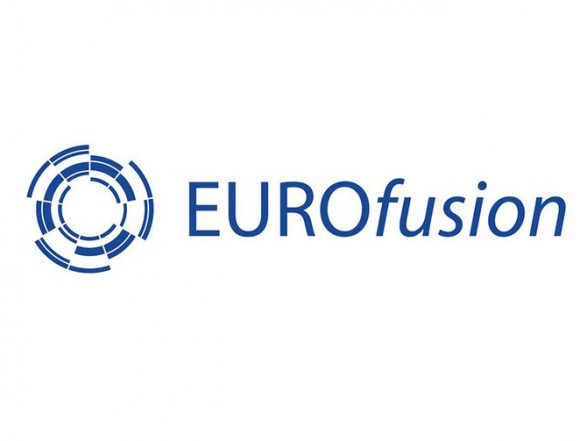For the first time the Assembly took place in Riga this week 17th – 18th July. The heads of EUROfusion science project and participants from 24 countries took part in the event.
The European fusion research under the framework of Horizon 2020 programme and the EURATOM treaty is joined by a targeted 7-year (2014-2020) fusion program EUROfusion. The goal of EUROfusion is developing nuclear fusion as a sustainable energy source until 2050 by producing CO2-free energy in large amounts.
The European fusion program is aimed at research in support of the ITER fusion reactor and the long-term development and realization of the demonstration fusion power plant. The EUROfusion program is implemented by a consortium of EU Member States’, as well as Switzerland’s and Ukraine’s, fusion research units (a total of 30), where the Institute of Solid State Physics, University of Latvia (ISSP UL) acts as a Latvian coordinator and partner in the consortium. Latvian EUROfusion Laboratory, coordinated by Dr.habil.phys. Andris Šternbergs, unites scientists from Institute of Solid State Physics, Institute of Chemical Physics and the Physics Institute of the University of Latvia. The leading partner in the consortium is Max Planck Institute of Plasma Physics in Garching, Germany. The decision-making body of the consortium is the General Assembly.
Opportunities provided by Camart2, allow the ISSP UL to participate in the development of EUROfusion projects with outstanding results, as confirmed by the launch of the AETA project. The main objective of AETA is a detailed analysis and prediction of the performance of functional optical and dielectric materials in extreme radiation environment. Scientists from 4 laboratories of the ISSP UL and the Karlsruhe Institute of Technology (KIT, Germany) are involved in this project.



